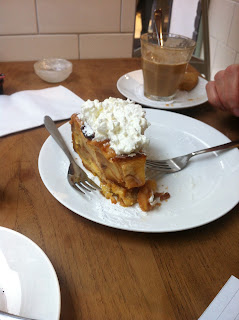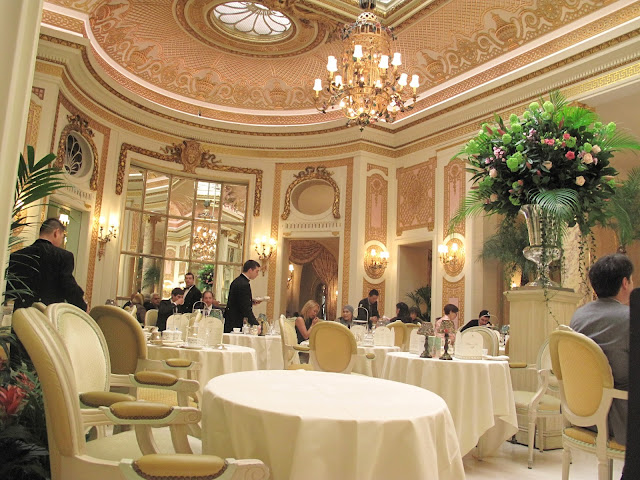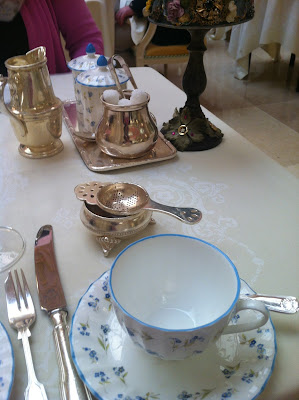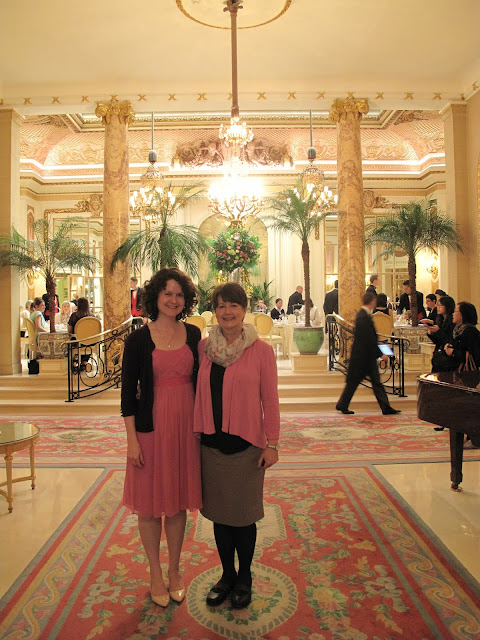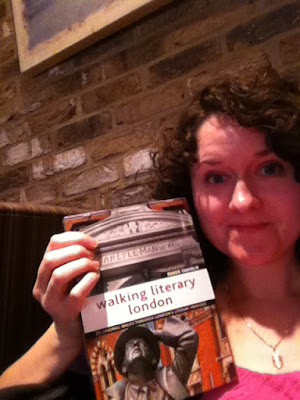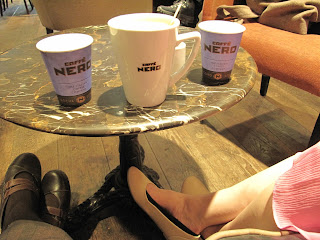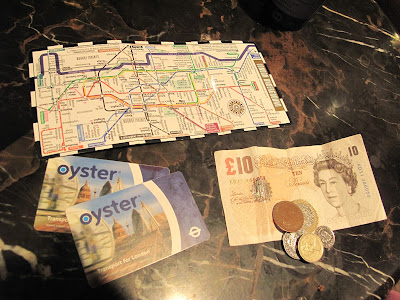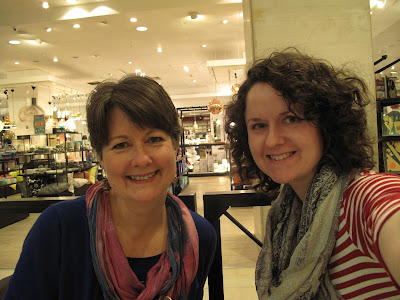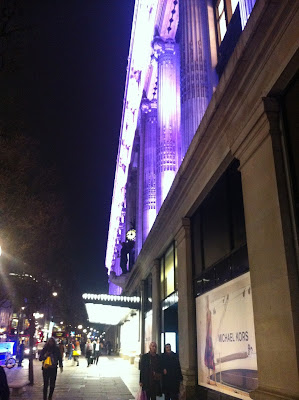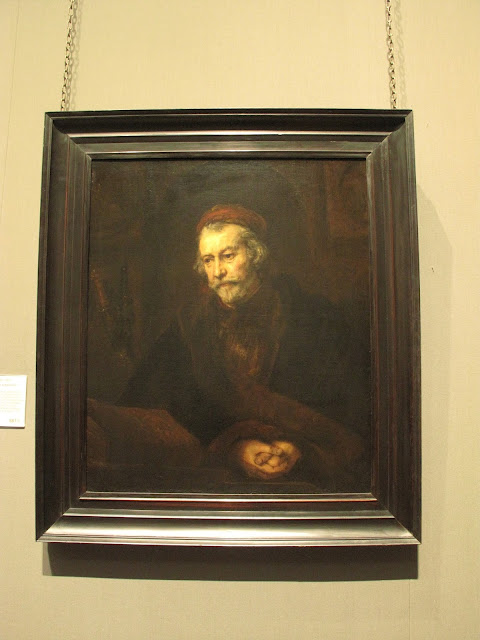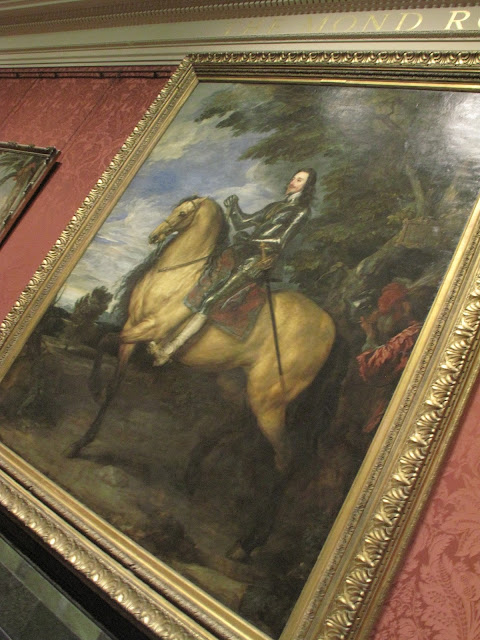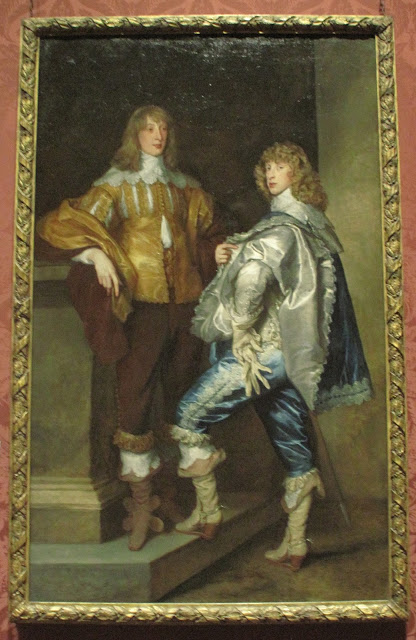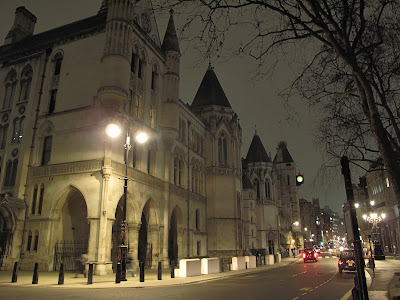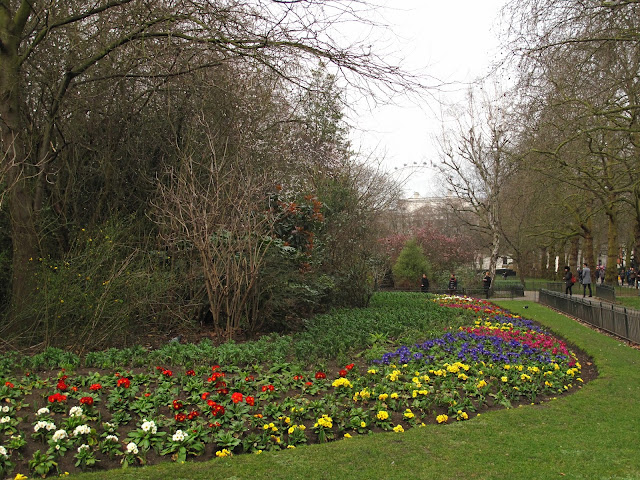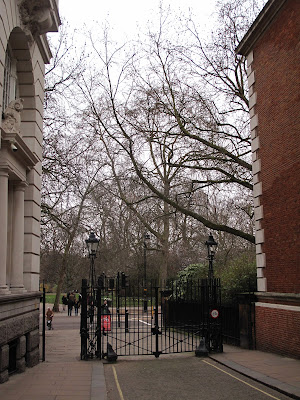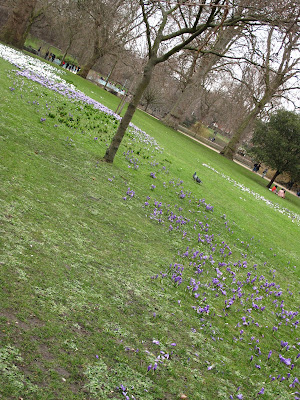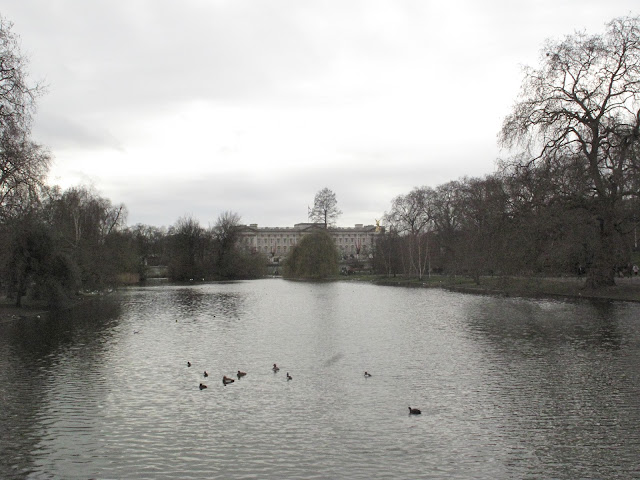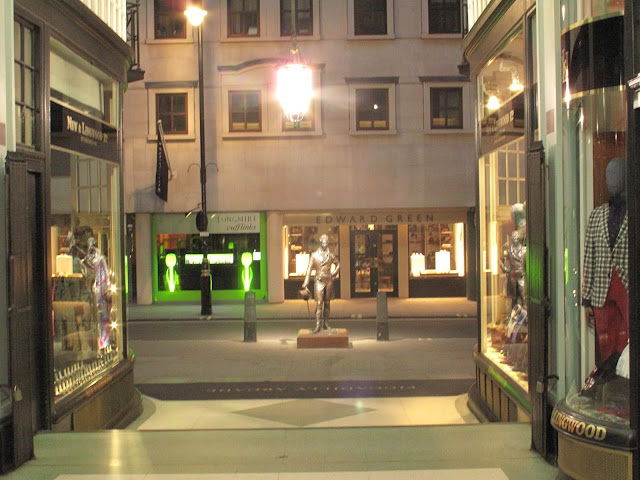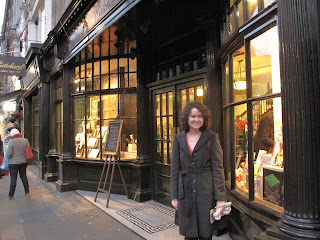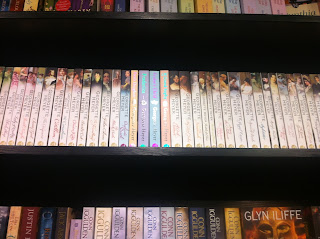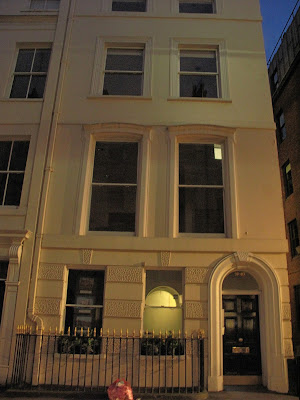 |
| 18th Century Stays |
It took me long enough to assemble this unaccountably complex corset (aka "stays"), and of course I would sew it by hand, which did not speed things up much. But I must say it was worth it just to know I could do it.
I used the Butterick pattern #4254, which probably wouldn't be my first choice now, but I've been trying to conserve my funds, so I just used what I already had in the pattern drawer. I have no complaints so far. It was a bit big, so I folded both back edges under to make a larger gap, which seems to work well. (I want to be able to squeeze it at tight as I can... I know, I know, I'm crazy... But I have never had a full-length set of stays before. The only ones I'd made before were Regency half-stays. True confessions of a historical costumer.)
There are three layers of fabric: white cotton twill (the lining), cotton duck (the interfacing) and a pink silk with oriental designs (the outer layer). The binding is a white linen, and comprised of whatever scraps of it I could find from a previous project. I had made the binding myself using my handy dandy binding maker and an iron. It is a brilliant little device that allows me to make binding out of whatever I choose, plus saving the odd dollar or two. :)
 |
| All the boning channels done at last! |
 |
| Georgian stays are heavy with tons of boning, but they work! |
The lacing is a white corset lacing that I ordered online from Nehelenia Patterns. I didn't order enough, though, so I improvised and am using the rest of my pink satin ribbon for the time being. I opted for the single set of lacing in the back rather than having the stays lace in the front and the back, as many stays do. I chose to do so for two reasons: 1) I had fewer holes to bind, and 2) because I prefer the look of no lacing up the front. There is a downside to this, which is that it is harder to get the corset on... I'm sure it would be very entertaining to watch me try to slide this thing over my head, because I have to work rather hard and twist into some interesting positions to achieve this, all while feeling slightly claustrophobic. So if you ever embark on a set of 18th century stays, take all the pros and cons of front and back lacing versus only back lacing into consideration.
I have heard it said that the boning inserted horizontally can be troublesome by con-caving in or out, but so far this has not been an issue for me. However, it is worth considering. The boning in the boning channels is mostly spiral steel boning that I bought online in specific lengths.
 Here are my hoops! I was rather excited to get these done. They are from the Simplicity pattern #4092, and only take an afternoon to put together (perhaps a somewhat long afternoon; but the point being that they are nice and simple). My boning was purchased, again, from Nehelenia Patterns. It is a 10-meter roll of plastic-coated flat steel 1/4 inch boning, that I cut myself with some garden clippers and covered the sharp corners with duct tape. I like this method, since I can cut whatever sized pieces I need. But be careful! There is no particular danger in the process, but since it involves sharp edges, I would certainly advise caution. I used a somewhat different sort of clippers that are designed to cut dry branches; one side is a sharp edge, the other is a flat 1/4-inch wide surface.
Here are my hoops! I was rather excited to get these done. They are from the Simplicity pattern #4092, and only take an afternoon to put together (perhaps a somewhat long afternoon; but the point being that they are nice and simple). My boning was purchased, again, from Nehelenia Patterns. It is a 10-meter roll of plastic-coated flat steel 1/4 inch boning, that I cut myself with some garden clippers and covered the sharp corners with duct tape. I like this method, since I can cut whatever sized pieces I need. But be careful! There is no particular danger in the process, but since it involves sharp edges, I would certainly advise caution. I used a somewhat different sort of clippers that are designed to cut dry branches; one side is a sharp edge, the other is a flat 1/4-inch wide surface. |
| Steel boning from Nehelenia Patterns. |
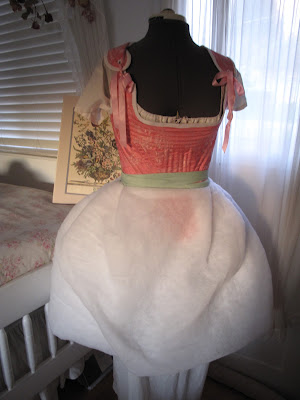 Here is my layer to add poof! It is simply a length of batting that I folded in half lengthwise, pleated, and stitched some extra-wide binding onto for a waistband. I think it is a couple of yards in length, which is what we happened to have lying around the house. (Like many homes where seamstresses live, we have dozens of random fabrics and materials lying around.)
Here is my layer to add poof! It is simply a length of batting that I folded in half lengthwise, pleated, and stitched some extra-wide binding onto for a waistband. I think it is a couple of yards in length, which is what we happened to have lying around the house. (Like many homes where seamstresses live, we have dozens of random fabrics and materials lying around.)  |
| All the layers together! It's ready for a Georgian gown. |
And here is the entire ensemble! I had a simple white drawstring petticoat lying around and I made another from Simplicity pattern #4092. The result is quite voluminous! Which is what I was going for, so it actually made me quite happy. :)
Next time... The dress!
© 2015 Anna Morton







